Zhihe Zhang
Higher or Lower: Challenges in Object based SLAM
Oct 20, 2023
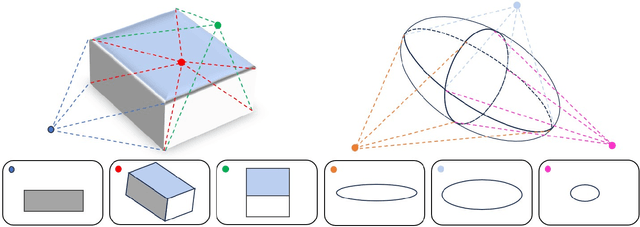
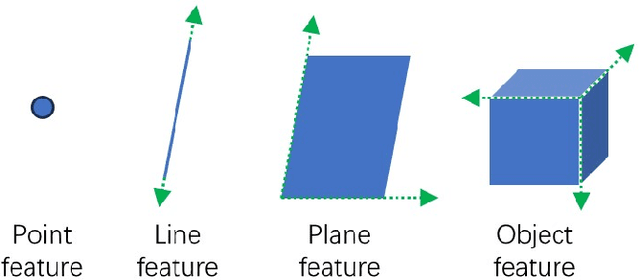
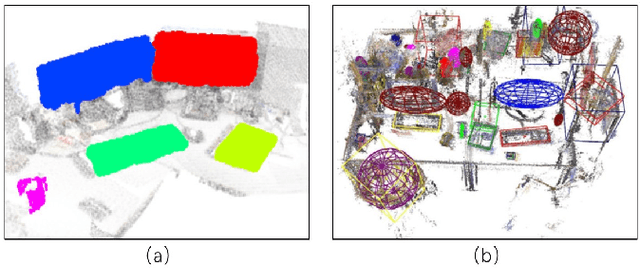
Abstract:Simultaneous localization and mapping, as a fundamental task in computer vision, has gained higher demands for performance in recent years due to the rapid development of autonomous driving and unmanned aerial vehicles. Traditional SLAM algorithms highly rely on basic geometry features such as points and lines, which are susceptible to environment. Conversely, higher-level object features offer richer information that is crucial for enhancing the overall performance of the framework. However, the effective utilization of object features necessitates careful consideration of various challenges, including complexity and process velocity. Given the advantages and disadvantages of both high-level object feature and low-level geometry features, it becomes essential to make informed choices within the SLAM framework. Taking these factors into account, this paper provides a thorough comparison between geometry features and object features, analyzes the current mainstream application methods of object features in SLAM frameworks, and presents a comprehensive overview of the main challenges involved in object-based SLAM.
Audio-based automatic mating success prediction of giant pandas
Dec 24, 2019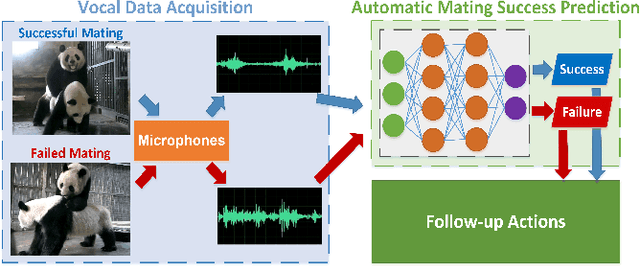



Abstract:Giant pandas, stereotyped as silent animals, make significantly more vocal sounds during breeding season, suggesting that sounds are essential for coordinating their reproduction and expression of mating preference. Previous biological studies have also proven that giant panda sounds are correlated with mating results and reproduction. This paper makes the first attempt to devise an automatic method for predicting mating success of giant pandas based on their vocal sounds. Given an audio sequence of mating giant pandas recorded during breeding encounters, we first crop out the segments with vocal sound of giant pandas, and normalize its magnitude, and length. We then extract acoustic features from the audio segment and feed the features into a deep neural network, which classifies the mating into success or failure. The proposed deep neural network employs convolution layers followed by bidirection gated recurrent units to extract vocal features, and applies attention mechanism to force the network to focus on most relevant features. Evaluation experiments on a data set collected during the past nine years obtain promising results, proving the potential of audio-based automatic mating success prediction methods in assisting giant panda reproduction.
Distinguishing Individual Red Pandas from Their Faces
Aug 09, 2019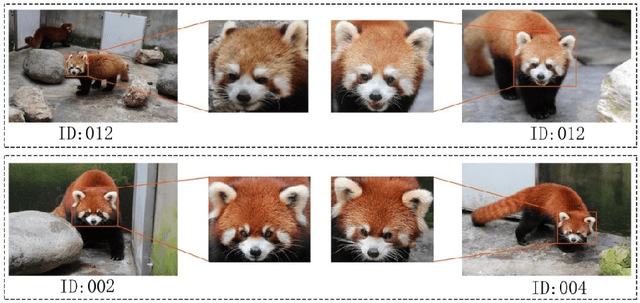
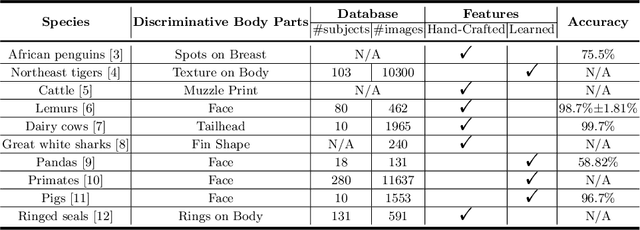
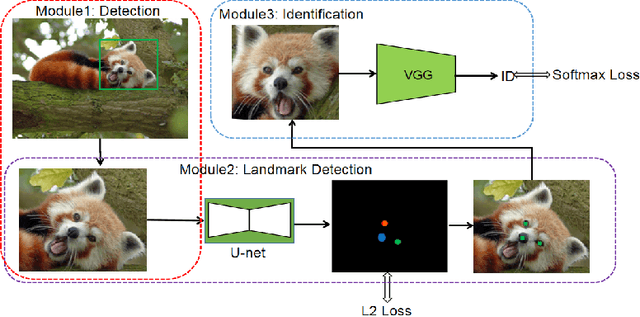

Abstract:Individual identification is essential to animal behavior and ecology research and is of significant importance for protecting endangered species. Red pandas, among the world's rarest animals, are currently identified mainly by visual inspection and microelectronic chips, which are costly and inefficient. Motivated by recent advancement in computer-vision-based animal identification, in this paper, we propose an automatic framework for identifying individual red pandas based on their face images. We implement the framework by exploring well-established deep learning models with necessary adaptation for effectively dealing with red panda images. Based on a database of red panda images constructed by ourselves, we evaluate the effectiveness of the proposed automatic individual red panda identification method. The evaluation results show the promising potential of automatically recognizing individual red pandas from their faces. We are going to release our database and model in the public domain to promote the research on automatic animal identification and particularly on the technique for protecting red pandas.
Giant Panda Face Recognition Using Small Dataset
May 27, 2019
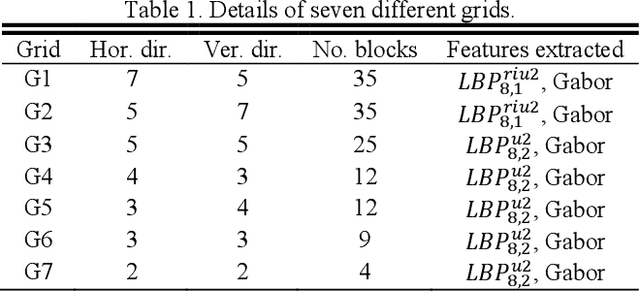
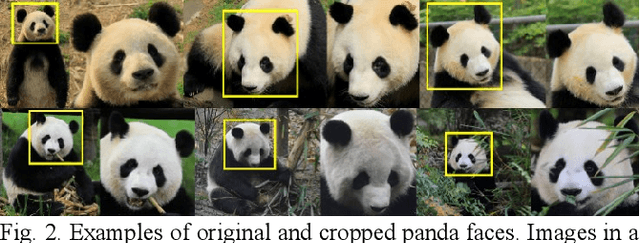
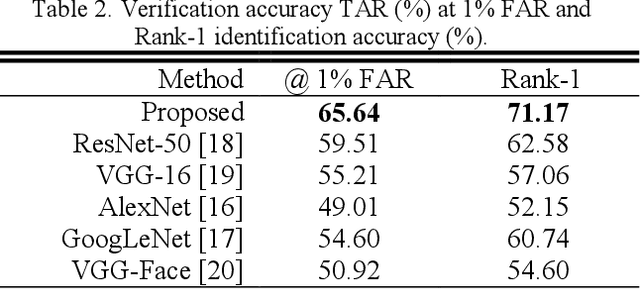
Abstract:Giant panda (panda) is a highly endangered animal. Significant efforts and resources have been put on panda conservation. To measure effectiveness of conservation schemes, estimating its population size in wild is an important task. The current population estimation approaches, including capture-recapture, human visual identification and collection of DNA from hair or feces, are invasive, subjective, costly or even dangerous to the workers who perform these tasks in wild. Cameras have been widely installed in the regions where pandas live. It opens a new possibility for non-invasive image based panda recognition. Panda face recognition is naturally a small dataset problem, because of the number of pandas in the world and the number of qualified images captured by the cameras in each encounter. In this paper, a panda face recognition algorithm, which includes alignment, large feature set extraction and matching is proposed and evaluated on a dataset consisting of 163 images. The experimental results are encouraging.
 Add to Chrome
Add to Chrome Add to Firefox
Add to Firefox Add to Edge
Add to Edge